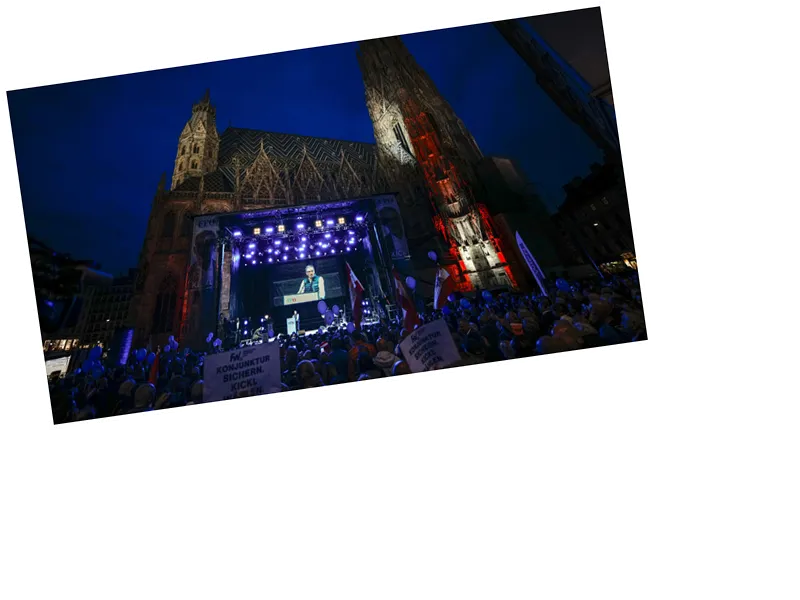European Elections 2024: Potential Political Shifts at Stake
The 2024 European elections are poised to bring about significant political changes. Over 360 million European citizens from 27 member states are called to elect 720 members of the European Parliament (MEPs). This election marks the tenth iteration of this multinational parliamentary assembly, directly elected by the populace since 1979.
Geopolitical and Internal Challenges
Both external and internal challenges loom large over this year's elections. The ongoing war in Ukraine and the potential rise of Eurosceptic political formations promise to disrupt the current European Union (EU) model. The EU's efforts to encourage voting and boost participation are critical, as the organization aims to maintain or surpass the 50.6% voter turnout seen in 2019, the highest since 1994.
Varied Perspectives Across Europe
In the United Kingdom, there is a sentiment of imminent radical change. The Times of London highlighted the uncertainty in the EU leadership's response to the rise of populist parties such as the European Conservatives and Reformers, led by Italian Prime Minister Giorgia Meloni, and Marine Le Pen's Identity and Democracy faction.
In Italy, the Corriere della Sera emphasizes the necessity for political entities to appeal to the emotions and cultural identity of Europeans, warning that intellectual arguments alone are insufficient to combat the rising tide of nationalism.
Hungary's perspective, as reflected in the pro-government daily Magyar Nemzet, views these elections as a pivotal moment for Europe. The Hungarian government supports traditional values, Christian faith, and national sovereignty against the idea of a 'United States of Europe.'
In the Netherlands, initial forecasts indicate significant support for Geert Wilders' radical right-wing party PVV. Nonetheless, the majority of Dutch seats are expected to go to pro-European parties, reflecting the populace's recognition of the EU's benefits for a trading nation like the Netherlands.
Election Structure and Candidates
Election timelines vary, with most countries voting on June 9, though some, like Italy and the Czech Republic, vote over multiple days. Notably, Germany has the largest representation with 96 MEPs, while smaller nations like Malta will elect six. Ursula von der Leyen, the current European Commission President, is a pivotal figure but is not an MEP candidate.
Polls and Projections
Polls predict the European People's Party to emerge as the winner, with similar or slightly improved results from 2019. The Socialists and Democrats are also expected to maintain their representation, though slight declines are anticipated. Far-right groups could potentially unite, threatening to upset the traditional balance of power. Results will be revealed on the night of June 9, with various projections and estimates available by midnight.
- Some countries have adjusted their voting ages, with Germany, Austria, Belgium, and Malta allowing 16-year-olds to vote, while Greece permits voting at 17. Moreover, EU citizens living in another member state can vote for their country of residence or origin list but not both.
- The European Parliament not only elects MEPs but also has a significant role in approving the EU budget and monitoring expenditure. Each country selects a headliner for their electoral lists, with parties like PSOE, PP, and Vox fielding prominent candidates in Spain.
- Despite the diverse political landscape, all polling points to a stable number of political groups in the European Parliament, consistently organized into seven groups since 2004. These groups range from the EPP to La Left, reflecting a broad spectrum of political ideologies.






